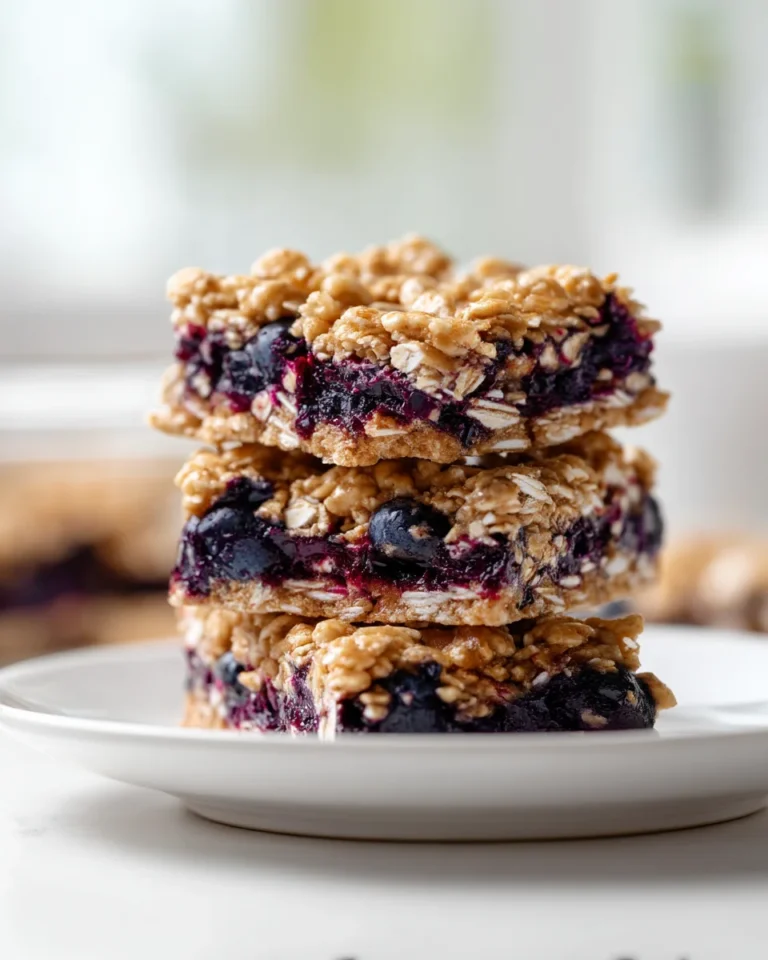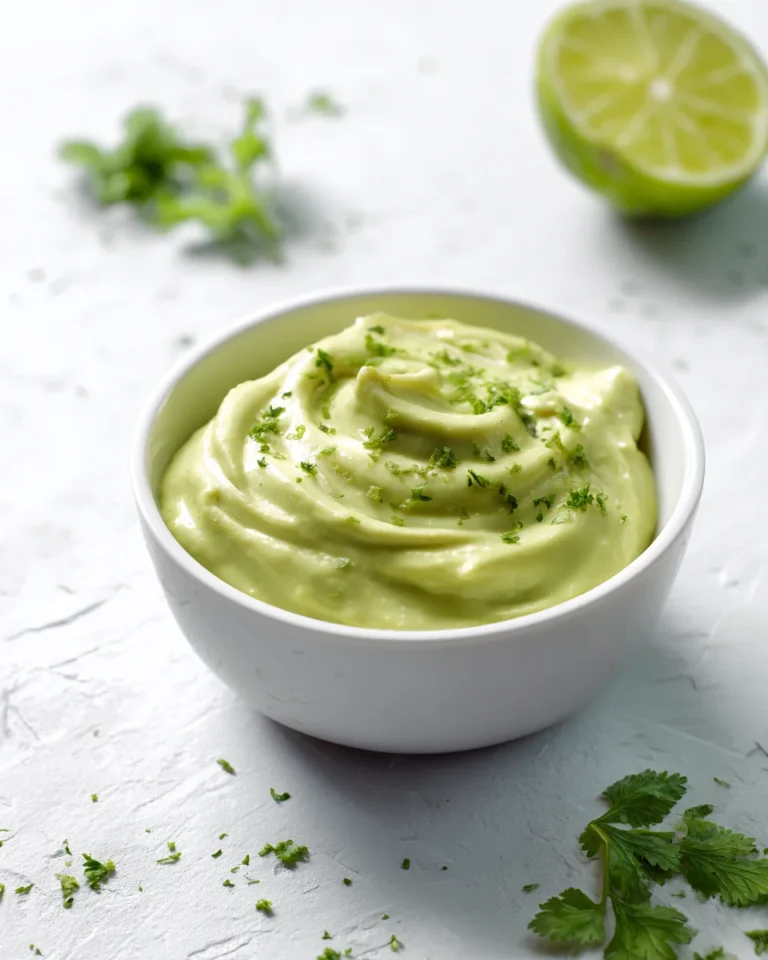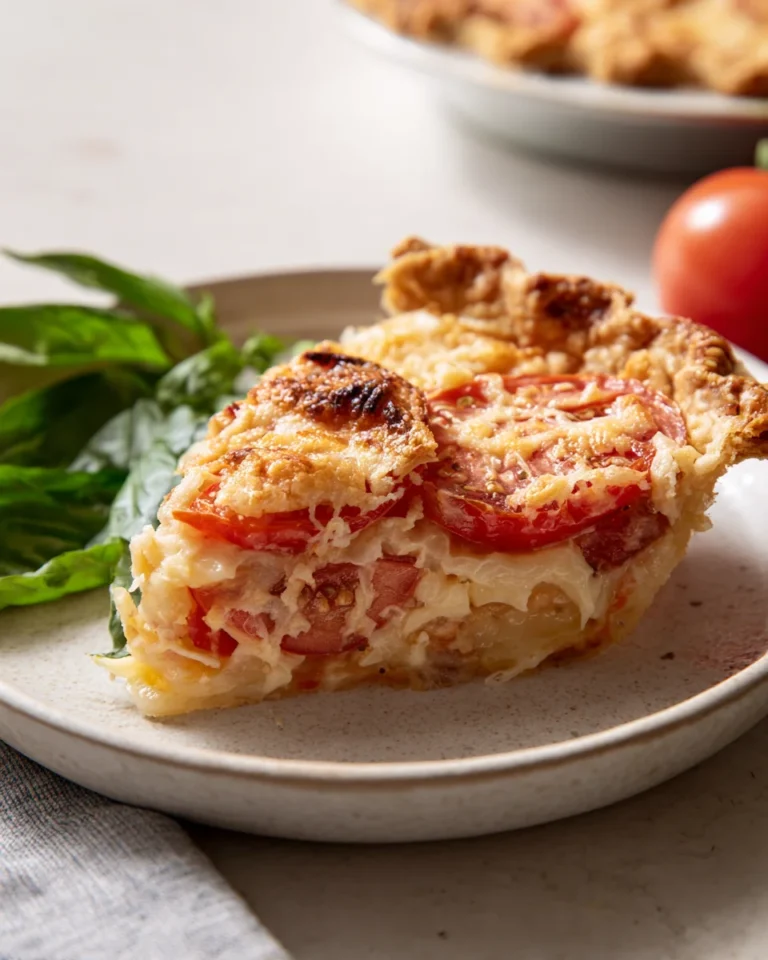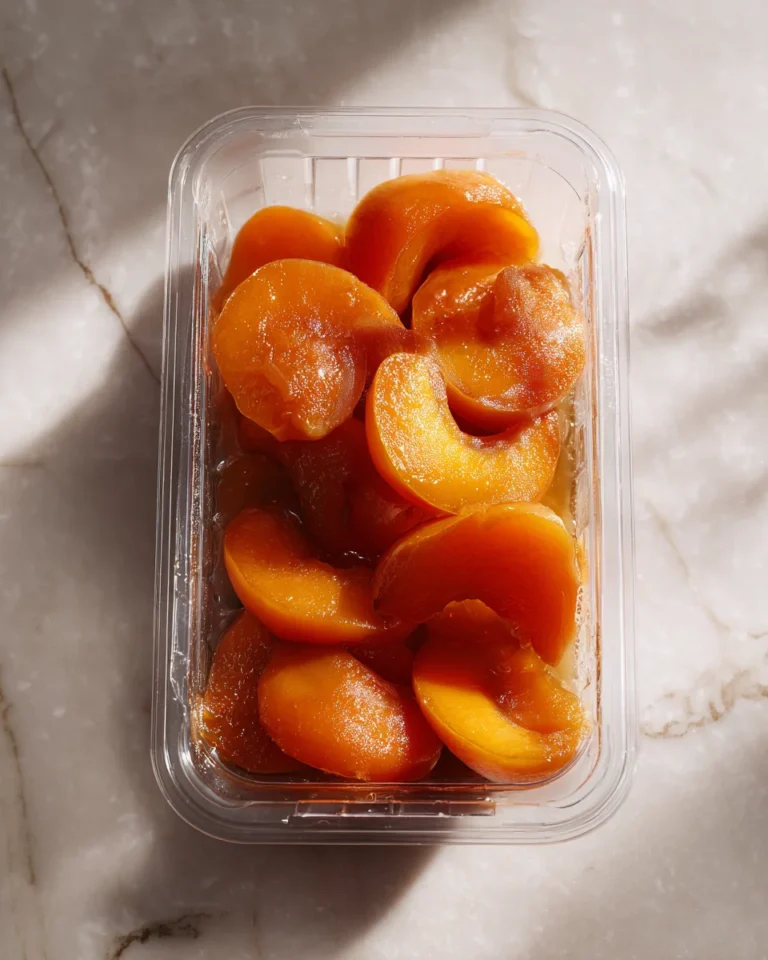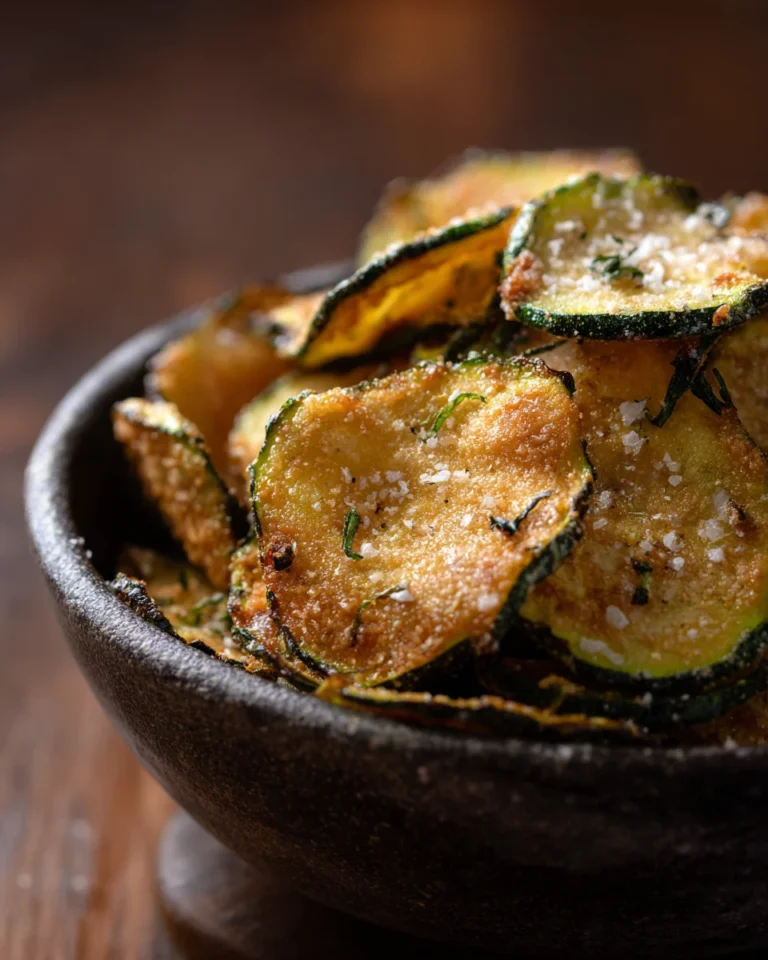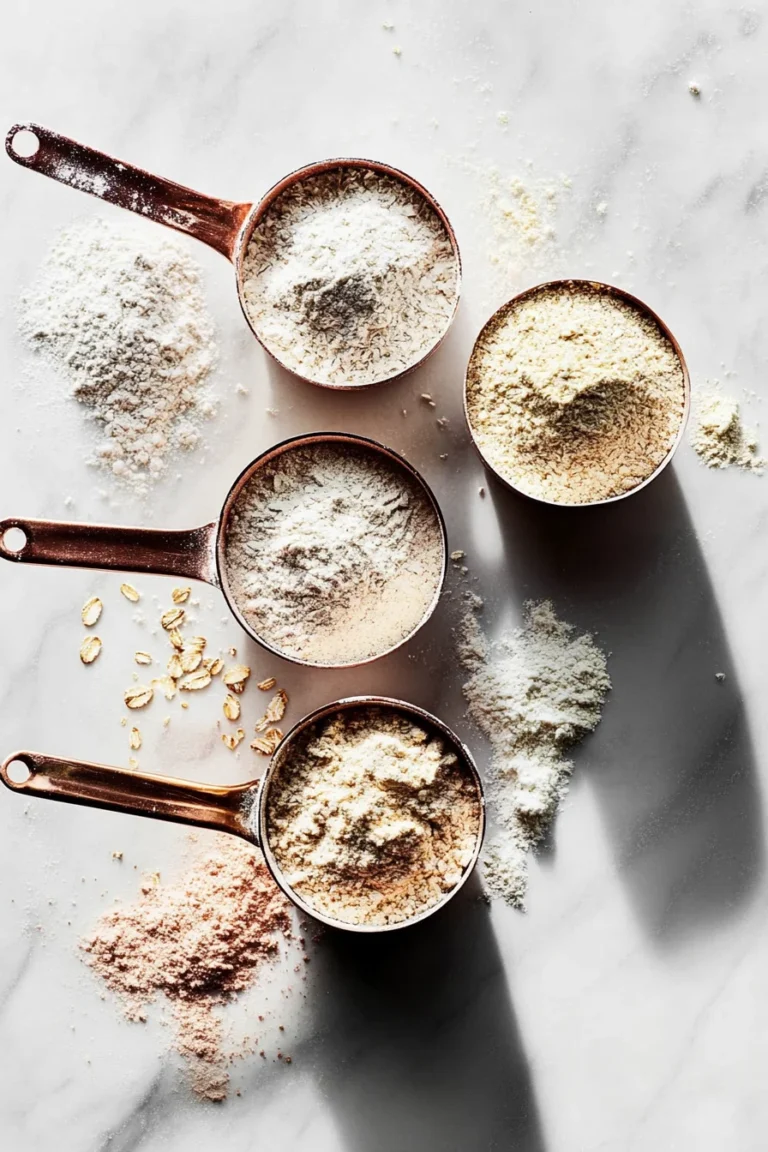How to Freeze Corn on the Cob
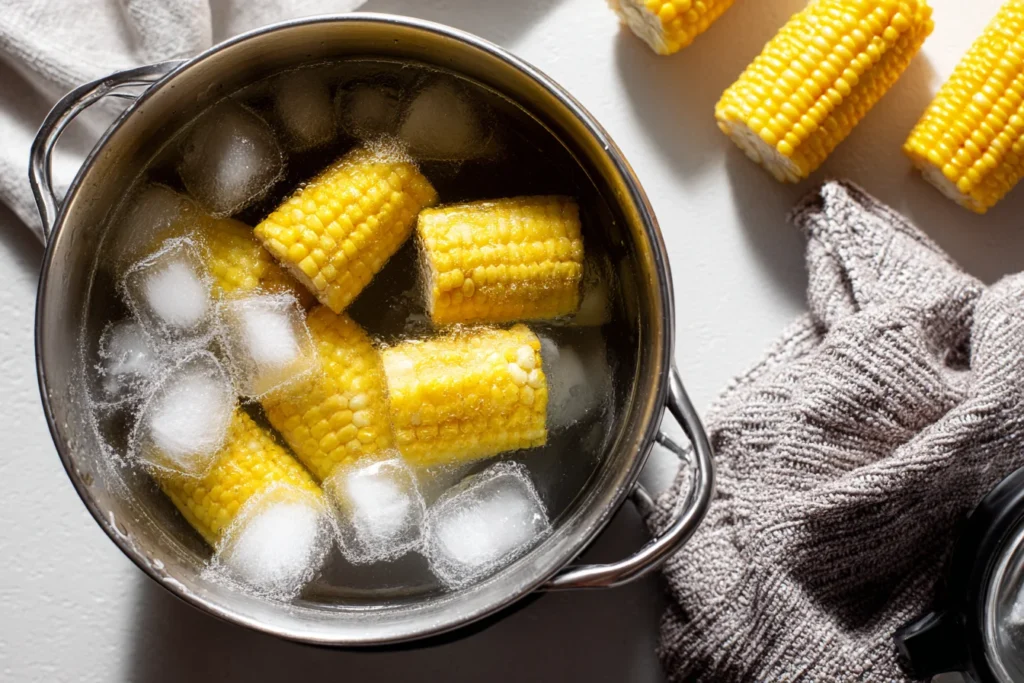
Freezing corn on the cob is one of the best ways to preserve the sweet taste of summer all year round. Whether you’re saving fresh-picked corn from the farmer’s market or prepping ahead for holiday meals, this guide will walk you through exactly how to freeze corn with or without the cob — no flavor lost, no freezer burn.
Why I Keep Coming Back to This Method
The first time I froze corn on the cob, I was worried it would turn mushy or bland. But after trying the blanching method a few times, I realized just how beautifully it preserves that fresh-from-the-farm sweetness. There’s nothing like pulling out a golden cob in January and tasting summer all over again. I’ve done this for backyard barbecues, Thanksgiving dinners, and even quick weekday lunches. It’s become a reliable habit, and once you try it, I think it’ll become part of your seasonal routine too.
🌽 Quick Overview
- Prep time: 15 minutes
- Freezing time: 2–3 hours
- Best method: Blanching
- Shelf life: Up to 12 months
Ingredients & Tools
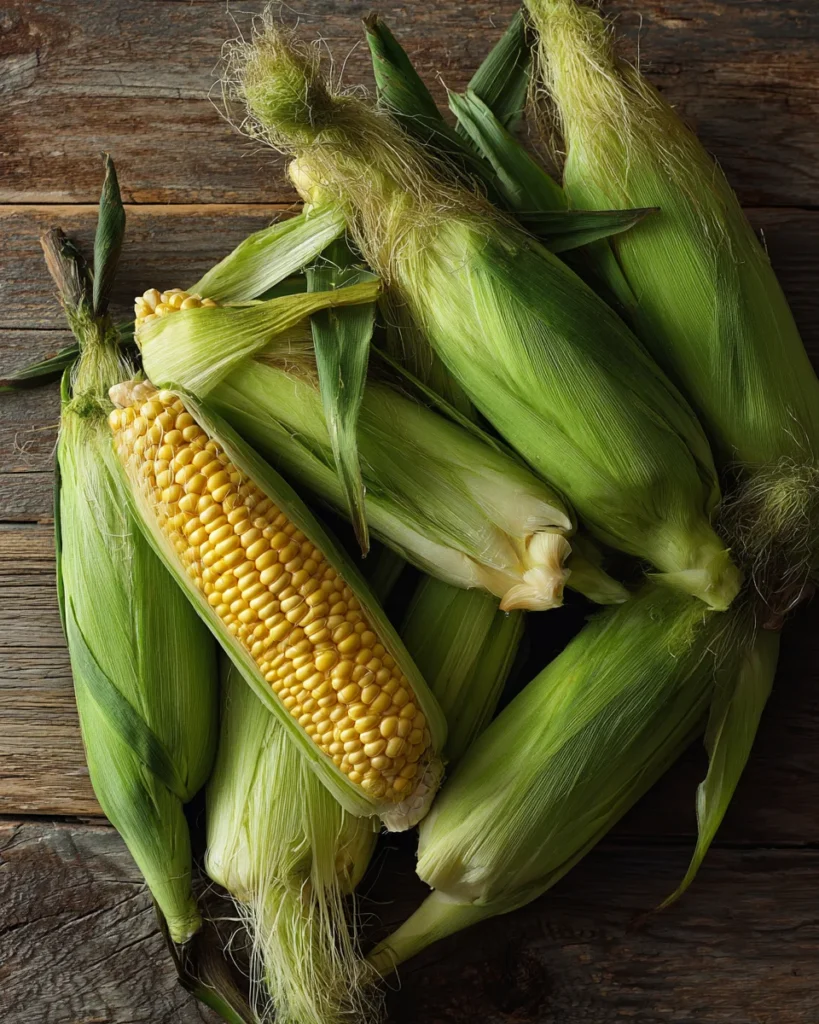
You Will Need:
- Fresh ears of corn (as many as you want)
- Large pot for boiling water
- Tongs or slotted spoon
- Large bowl with ice water
- Freezer-safe bags or containers
- Sharp knife (for cutting kernels, if desired)
Step-by-Step Instructions
Option 1: Freezing Corn On the Cob (Blanched)
- Choose fresh, ripe corn.
Use corn with bright green husks and plump kernels. - Remove the husks and silk.
Rinse under cold water to clean. - Blanch the corn.
Boil ears for 4 minutes, then immediately transfer to a bowl of ice water for 4–5 minutes. This stops the cooking process. - Dry completely.
Pat ears dry with a clean towel. - Freeze.
Place ears in freezer-safe bags. Remove as much air as possible before sealing.
Option 2: Freezing Just the Kernels
- Blanch corn first.
Follow steps 1 to 3 above. - Cut kernels from the cob.
Hold the ear upright and slice downward with a sharp knife. - Portion and pack.
Place in freezer bags or containers, flatten bags for easier stacking.
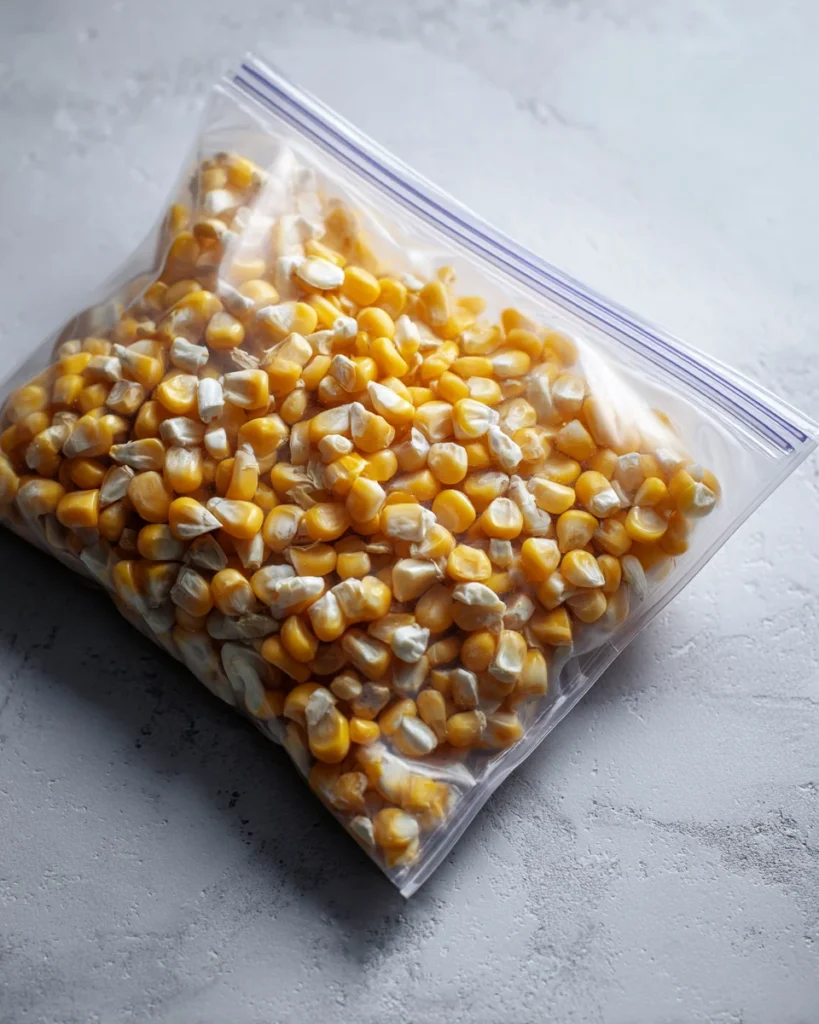
How Long Does Frozen Corn Last?
Frozen corn lasts up to 12 months if sealed properly and kept at a constant 0°F (-18°C). Label with the date so you can keep track!
If you love preserving seasonal produce, you might also enjoy my guides on How to Make Refrigerator Pickles and How to Freeze Peaches. These methods are just as easy and help you capture summer flavors all year long.
Tips for Best Results
- Use a vacuum sealer or remove air from bags using a straw.
- Freeze corn in portions you’ll actually use.
- Don’t skip blanching. It helps retain texture, color, and nutrients.
- Label bags clearly with “blanched on [date]”.
- Add a sprinkle of salt to the blanching water if you like a slightly seasoned taste.
For even more in-depth guidelines on freezing corn safely, you can check out the National Center for Home Food Preservation’s freezing corn guide.
Variations You’ll Love
While traditional sweet corn works best, you can also try this method with:
For a twist, try adding a pat of flavored butter before reheating, like garlic herb or chili lime. This way, your corn goes from plain to gourmet in seconds.
What to Serve This With
Frozen corn on the cob is incredibly versatile. Serve it with:
- Grilled chicken or ribs at a summer-style winter meal
- Tossed in a corn chowder or corn pudding
- Folded into a salad with tomatoes, red onion, and feta
- Simply brushed with butter and a sprinkle of smoked paprika
A little squeeze of lime over reheated corn can also wake up the flavor beautifully.
🧽 FAQs
Can I freeze corn without blanching it?
Yes, but it may lose flavor and texture over time.
What’s the best way to reheat frozen corn on the cob?
Boil for 5–7 minutes or microwave with a bit of water until heated through.
Can I freeze grilled or roasted corn?
Absolutely. Let it cool completely first, then wrap tightly and freeze.
Recipe Card
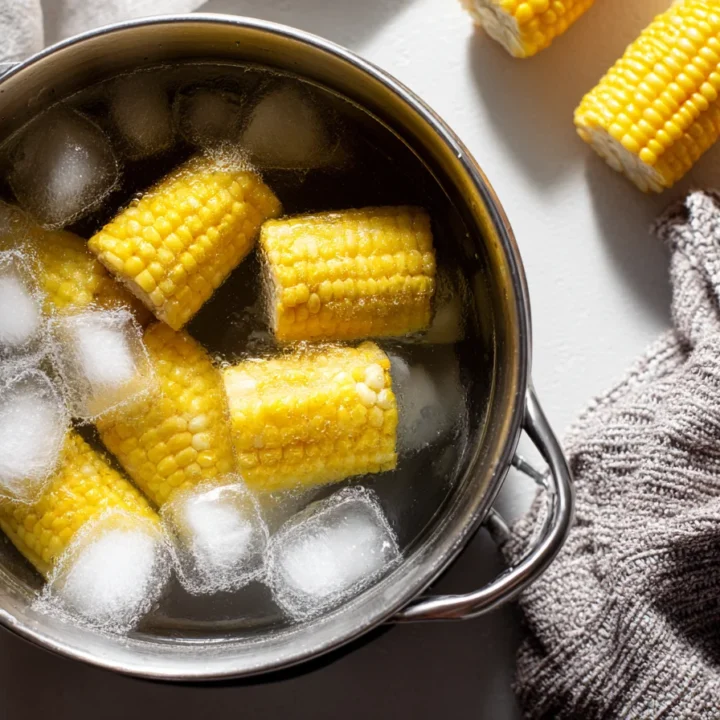
How to Freeze Corn on the Cob
Freezing corn on the cob is an easy way to preserve that peak-summer flavor for months. This guide walks you through how to freeze corn on or off the cob with step-by-step instructions. Whether you’re stocking your freezer or saving leftovers, this method keeps your corn sweet, crisp, and ready for soups, casseroles, or quick side dishes anytime.
Ingredients
- 6–12 ears of fresh corn
- Large pot of boiling water
- Bowl of ice water
- Freezer-safe bags or containers
Instructions
<h3></h3><h3>For Freezing Corn on the Cob:</h3><ol><li>Husk the corn and remove all silks. Rinse clean.<br/></li><li>Bring a large pot of water to a boil.<br/></li><li>Add corn and blanch for 4 minutes.<br/></li><li>Immediately transfer corn to a bowl of ice water for 4–5 minutes to stop the cooking.<br/></li><li>Pat dry with a clean towel.<br/></li><li>Place corn cobs in freezer bags. Remove excess air, seal, and freeze.<br/></li></ol><h3>For Freezing Corn Kernels:</h3><ol><li>Blanch and cool corn as above.<br/></li><li>Use a sharp knife to cut the kernels off the cob.<br/></li><li>Place kernels in freezer-safe bags. Flatten and seal tightly.<br/></li><li>Label with the date and freeze.</li></ol>
Notes
My Favorite Ways to Use Frozen Corn
I find myself reaching for frozen corn constantly. After all the effort of freezing in the summer, you deserve to enjoy it all year! Here are a few of my personal go-to ways to use it:
- Toss it into stir fries for color and sweetness
- Add to taco fillings with black beans, cilantro, and lime
- Mix into savory muffins for a pop of flavor
- Blend into creamy corn chowder with potatoes and smoky paprika
- Sprinkle over pizza with bell peppers and red onion
Frozen corn holds its flavor so well, you might even forget it was frozen in the first place.
Benefits of Blanching Corn Before Freezing
You might wonder, why bother blanching? I used to think the same — but skipping this step can lead to dull, chewy corn later. Blanching briefly cooks the corn and stops enzymes that break down flavor and nutrients. It also helps the kernels keep their bright, sunny color. You’re essentially pressing “pause” on peak freshness, so your corn tastes like it was just picked, even months later.
Common Mistakes to Avoid
If you’re new to freezing corn, learn from my mishaps:
- Don’t skip ice water after blanching, or you’ll end up with mushy, overcooked kernels.
- Don’t store it wet — any leftover moisture leads to freezer burn.
- Don’t rush the labeling — trust me, a mystery freezer bag in six months is no fun.
- Don’t pack too much in one bag — smaller portions freeze faster and defrost more evenly.
A little patience here saves a lot of frustration later.
Fun Seasonal Traditions
One of my favorite summer memories is gathering with family on the porch, husking corn together while telling stories and laughing. It feels old-fashioned in the best way, and you get a big pile of corn ready for blanching in no time. If you have kids, let them help shuck — it’s a perfect sensory, hands-on job.
Nutrition & Health Perks
Corn often gets a bad rap, but it actually has some great perks:
- Full of fiber
- Provides energizing carbohydrates
- Rich in vitamin C
- Has lutein and zeaxanthin, which are linked to healthy eyes
Freezing corn is a wonderful way to preserve all those benefits without relying on canned varieties that might be loaded with salt or sugar.
Reader Tip
A reader once emailed me to say she roasts her corn before freezing. She chars it lightly on the grill, then cuts the kernels off and freezes them. When reheated, it has a smoky flavor perfect for tacos and salsa. Genius, right? Feel free to try it if you want something a little different!
Final Thought
Freezing corn on the cob might seem old-school, but that’s part of its charm. Once you taste those bright, sweet kernels in the middle of winter, you’ll see why cooks have been doing this for generations.

